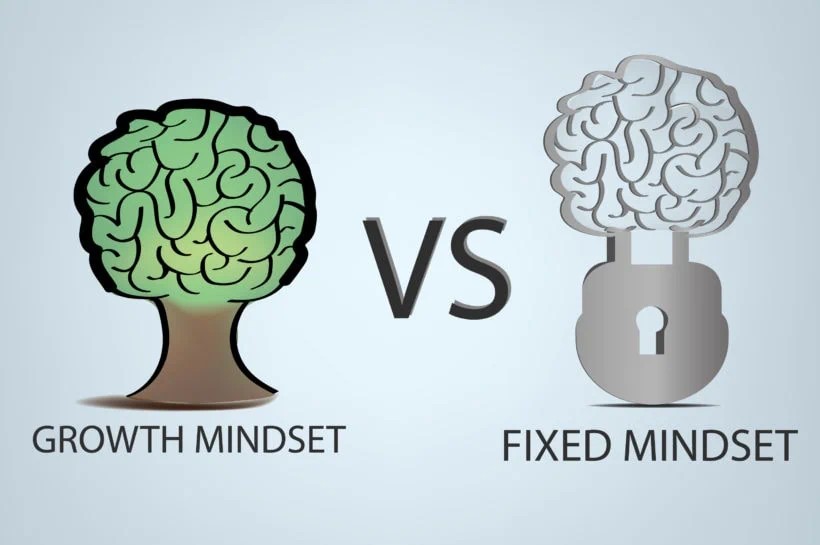In an increasingly digital world, where screens dominate our professional and personal lives, there’s a surprising resurgence of a decidedly analog tool that offers unique cognitive benefits for learning: the whiteboard. For students, professionals undertaking certifications, or anyone engaged in serious self-directed learning at home, a whiteboard isn’t just a simple writing surface; it’s a dynamic canvas for thought, a powerful aid for visual learning, and a catalyst for deeper understanding and retention. Integrating a whiteboard into your home study environment can transform passive consumption of information into an active, engaging, and highly effective learning experience.
The fundamental power of a whiteboard for studying lies in its ability to facilitate **active recall and synthesis**. Unlike simply reading notes or watching a lecture, writing on a whiteboard forces you to externalize your thoughts. When faced with a blank slate, you’re compelled to recall information from memory, organize it logically, and represent it visually. For instance, if you’re studying a complex business model, instead of just re-reading your textbook, try to draw the entire model on the whiteboard from memory: key stakeholders, value propositions, revenue streams, and cost structures. The act of recreating this information strengthens the neural pathways associated with it, making it more deeply embedded in your long-term memory. The moment you struggle to recall a component or connect two ideas, it immediately highlights a gap in your understanding, signaling exactly where you need to revisit your materials. This immediate feedback loop is incredibly powerful for identifying and addressing weaknesses.
Furthermore, whiteboards are unparalleled tools for **visualizing complex concepts and processes**. Many subjects, particularly in business, science, and technology, involve intricate relationships, sequences, or systems that are challenging to grasp through linear text alone. A whiteboard allows you to literally “see” these connections. Consider a project manager studying a new Agile framework; they could map out the entire workflow, from sprint planning to retrospective meetings, illustrating the roles, artifacts, and communication channels involved. A marketing professional analyzing a customer journey might chart out each touchpoint, highlighting pain points and opportunities for engagement. The spatial arrangement of information on a large surface activates different parts of the brain, aiding comprehension and making abstract ideas more concrete. Using different colored markers can further enhance this visualization, allowing you to categorize information, highlight relationships, or differentiate between distinct elements within a complex system.
Beyond structured learning, a whiteboard also fosters **problem-solving and brainstorming**. When faced with a challenging case study, a complex mathematical problem, or a strategic business dilemma, the whiteboard provides a non-judgmental space to explore ideas freely. You can sketch out multiple solutions, diagram different scenarios, or list pros and cons without the constraint of neatness often associated with paper. This iterative process of writing, erasing, and rewriting encourages fluid thinking and allows for the development of ideas organically. Imagine you’re trying to optimize a supply chain. You could use the whiteboard to map out the current process, identify bottlenecks, then brainstorm and diagram alternative routes or technologies, visually comparing their potential impact. This visual, interactive approach can often break through mental blocks and lead to more innovative solutions than purely internal thought processes.
Integrating a whiteboard into your home study environment doesn’t require a dedicated study room or significant expense. Portable whiteboards that lean against a wall, smaller desktop versions, or even whiteboard paint applied to a section of a wall can all serve the purpose. The key is to position it in a prominent place where you can easily access it during your study sessions. Treat it as an extension of your thinking process, a place to dump ideas, connect concepts, and clarify ambiguities as they arise. Don’t worry about making it perfect; the messiness is often a sign of active engagement and deep thinking.
Ultimately, the humble whiteboard offers a powerful counterpoint to the digital overload many experience in their learning. By providing a physical space for active recall, visual synthesis, and free-form brainstorming, it encourages a deeper, more engaged form of learning. It’s a tool that appeals to our innate human need to interact with information tangibly, transforming abstract concepts into visible realities. For anyone serious about enhancing their home study routine and truly mastering complex subjects, embracing the power of the whiteboard can unlock new levels of comprehension, retention, and intellectual agility.




